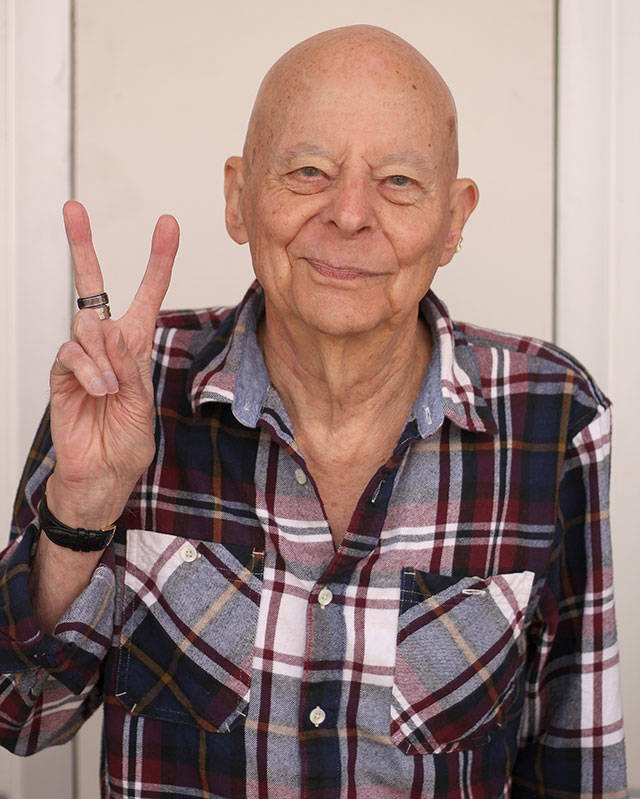I wouldn’t say I’m an especially well-travelled fellow. I’ve been back and forth across America more times than I can immediately calculate and lived in several U.S. locations for extended periods, but I’ve never visited any foreign counties, except for Canada and a few Mexican border towns. Nevertheless, even though I’ve never experienced important metropolitan centers like London, Paris, and Tokyo, I feel quite confident in flatly stating that I don’t like most cities.
Of course, some cities are worth visiting for their museums, restaurants, sports arenas, and other tourist attractions. “Visiting” is the key word here. I can tolerate the traffic gridlock, pollution, expenses, and crowds to experience a truly exceptional meal or a Van Gogh art exhibit. But I sure-as-hell wouldn’t want to live there.
Now, having said all that, I have to confess there are exceptions. To be precise, there are two metropolitan centers I’m quite fond of; that is, when I’m there, I’m swept by a sudden wave of awe, excitement, and energy that’s so exhilarating I’m willing to ignore all the negative traits. I’ve lived in both and, given the right situation, I’d do so again in a heartbeat. So, without further delay — drum-roll, please — be advised that I find Seattle and Manhattan very appealing.
I absolutely adore Manhattan! (But we’ll save that for another column.) For the moment, let’s note that Seattle is merely an immature upstart compared to New York, yet that doesn’t necessarily detract any of Seattle’s appeal. It’s like comparing a classically trained pianist with a toddler banging on the keyboard for the first time; they’re both attractive.
During the last three decades, Seattle has been transformed from a relatively small, localized city into a cutting edge, world-class metropolitan center. Amazon, Boeing, and Microsoft have attracted a large, uniquely skilled, multicultural and multi-racial work-force and the Emerald City has become a cornerstone of the high-tech universe and the revolution it’s producing.
There’s an enormous amount of money in Seattle and that never hurts. It’s home for some of the wealthiest people on the planet. People like Howard Schultz, Bill Gates, and Jeff Bezos, currently the richest person in the world. (Though he’s no longer with us, the influence of Paul Allen will be felt for many years to come.)
If you’ve lived in Seattle or its suburbs for any length of time, you’re well aware of the astounding changes these innovative billionaires have produced in the city’s skyline. Indeed, in many respects, Seattle really didn’t have a skyline until the last three decades.
Unlike most American cities that have stagnated or are actually dying, Seattle has maintained a healthy retail business atmosphere. Even when the construction of interstate highways took employment and people to suburbia and even when major department stores like Frederick and Nelson and the Bon Marche threw in the towel, for whatever reason downtown shopping never withered.
Today, the city has a very modern, cosmopolitan air and a thriving, exciting, downtown core, where an increasing number of people actually live.
More in my next column.


